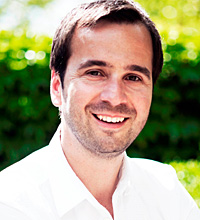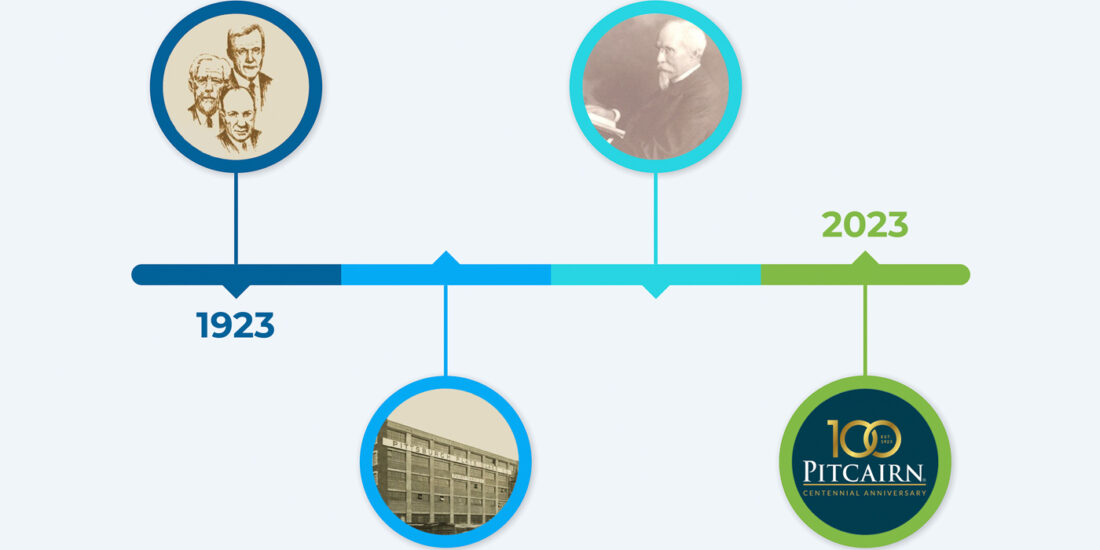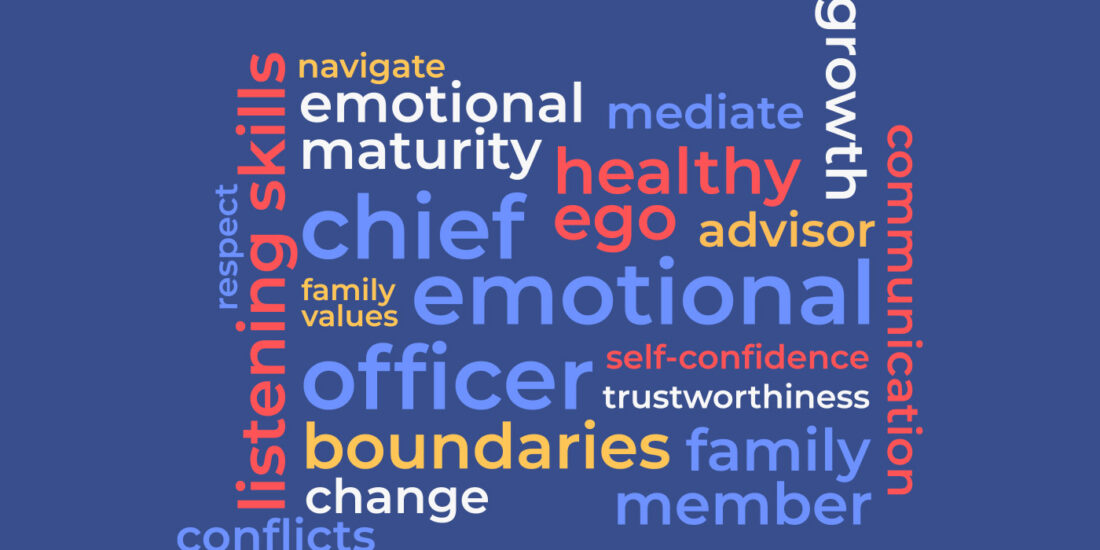Lego: From bankruptcy to “everything is awesome”
“Everything is awesome
Everything is cool when you’re part of a team
Everything is awesome when we’re living our dream”
A colorful crowd, wearing different superhero masks, was joyfully singing the Lego movie main theme. It was one of the highlights of this year’s Oscar ceremony. A few weeks later, Lego published its annual earnings results: sales revenue had increased 16 %, reaching $1 billion net profit. Everyone in Lego had many reasons to join in singing the catchy tune, but probably only very few remembered that only a decade ago Lego was on the verge of bankruptcy.
Between 1978 and 1993, the company, founded in 1932 by Ole Kirk Christiansen, doubled in size every five years. By the early 1990s, sales were well over $1 billion USD—and then things started to go wrong. The company began to think too big, branching out into unfamiliar areas such as entertainment, clothes and watches. It began producing video games, DVDs and live action TV shows. By 2003, after six years of falling sales, Lego was sitting on more than $700 million of debt.
“We were getting off track and realized that having a strong brand wasn’t enough, 1” said Jørn Lykke Strange, vice president Nordic/Benelux at Lego, remembering those troubled times. The valuable lesson learned was that “Even if you are good at developing and offering play sets based on construction toys, that doesn’t necessarily make you the best movie producer. We learnt that through the difficult years. “
At some point the tradition of innovation that had been a cornerstone of Lego since it was founded, converted into an obsession for launching new products in areas in which it had no experience. The company believed that the brand and the name reputation built through decades would be enough. It was wrong — and probably no one was telling them.
Finally, the family regrouped and decided to stand by the family business. They injected more than $100 million of their own money into Lego and appointed Jørgen Vig Knudstorp, a former management consultant at McKinsey, to get the company back on track. The new CEO decreed that the company had “become arrogant” and had stopped listening to its customers.
Backed with the Christiansen family support, he set about masterminding a recovery. Layoffs and relocation were one part of the solution, but the main effort was based on getting back to the original values on which Lego was founded.
Many enterprises face the same myth, created by the illusion that change is accessible, intuitive and logical. The reality, on the other hand, has a different way of presenting itself and those who are focused enough to understand the importance of doing the possible, before dreaming of the impossible, have a better chance of adapting.
As Joseph Schumpeter, an Austrian-American economist and political scientist said, some things need to break for the system to improve. Lego went the whole way to prove him right and to offer us an interesting dilemma: “When is the urge for innovation driven by myth and when is it based on reality? “
“Reinvent“ has become one of the most commonly used verbs in business-oriented conversations. From business strategy to life coaching, many professionals are advising their clients on the importance of constantly reinventing themselves and their businesses, in order to thrive in the endeavors of a fast changing global economy.
Many family businesses get trapped in the dilemma of doing things the way they have always done them versus doing them in a new way. Especially during succession periods this dilemma becomes an important protagonist in family meetings where the transition in leadership opens new scenarios. The “young blood” brings fresh ideas, but sometimes these are: a) not ready for the family business system; or b) simply bad ideas
However, due to their perception of the need to prove their leadership, the new leaders persist in implementing these ideas, putting the entire legacy at risk. This is where an insightful and honest adviser is needed.
Think for example of a good-looking friend, whose lack of self-esteem makes him or her think of having plastic surgery. You and the rest of the friends are aware that this is simply not needed and that it’s just a temporary phase triggered by symptoms related to low self-esteem which he or she is experiencing. A close, insightful and honest friend will look for different and more sustainable solutions — perhaps suggesting a different haircut, new hobby or interest.
There is no doubt that the world is changing. It has been doing so since the Big Bang. Technology has become the main vessel for the mantra “We live in times of great change” — commonly used in the business world. But then again, when you hear this mantra, look at the clothes you are wearing. Notice the buttons and ask yourself why, if we really live in times of great change, are we still buttoning buttons? Indeed, how come you drove to a speech or meeting in a car powered by an internal combustion four-cycle engine? Wasn’t that used in the Model T Ford? Henry Mintzberg makes the interesting observation that: “The fact is that we only notice what is changing — and most things are not”.
I find this statement highly commendable to introduce to clients who are trying to define different scenarios they are facing. Values-driven vision is always closer to long-term planning and in that sense to the essence of most of the family business. Lego is living proof of it, because “Our success after the problems has come from being true to the core of the company,” as Jørn Lykke Strange put it.
While other companies constantly have to compete to come up with a new toy to launch on the market, Lego has an incredible competitive advantage — people already know what they are getting from Lego. Why kill this leverage by getting obsessed with change?
After all: “Plus ça change, plus c’est la même chose“2 and sometimes all it takes is a haircut.
Behind the success, in any kind of human organization, there are always 3P’s. Practice, because it “makes perfect,” patience, because it holds the vision, and people, because without a team that shares the vision, values and culture, any goal will be impossible. Lego at some point lost practice and started doing things it was not really good at. It lost patience while desperately trying to launch the “big success” and finally the mistakes led to lay-offs of thousands of employees. Eventually it took the external CEO’s insight to realize what needed to be done.
In the end, it was a high price to pay, but Lego provided a valuable lesson to all family businesses: keep true to the core values, those that made the company grow, and with practice, patience and people, the results will come.
- The bricks that keep building, Mandi Keighran, published at Norwegian Air Magazine
- “The more things change, the more they stay the same,” Jean-Baptiste Alphonse Karr
About the contributor:
 Boris Matijas is a member of the executive team at Archipelago in Barcelona, the first publishing platform producing and distributing all media focused on family businesses and business families. He is also a director of Laempresafamiliar.com the leading Spanish speaking family business site. Boris is a journalist and has a focus on family business research. He is a member of the editorial committee of the Practitioner. Boris can be reached at [email protected].
Boris Matijas is a member of the executive team at Archipelago in Barcelona, the first publishing platform producing and distributing all media focused on family businesses and business families. He is also a director of Laempresafamiliar.com the leading Spanish speaking family business site. Boris is a journalist and has a focus on family business research. He is a member of the editorial committee of the Practitioner. Boris can be reached at [email protected].




